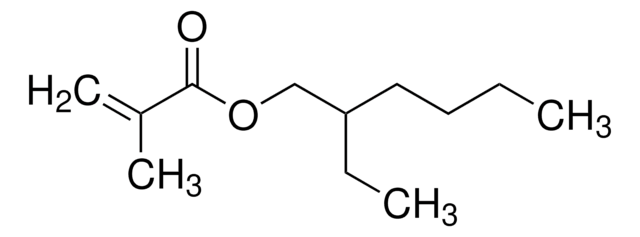Kluczowe dokumenty
234893
Ethyl methacrylate
contains 15-20 ppm monomethyl ether hydroquinone as inhibitor, 99%
Synonim(y):
2-Methyl-2-propenoic acid
About This Item
Polecane produkty
gęstość pary
>3.9 (vs air)
Poziom jakości
ciśnienie pary
15 mmHg ( 20 °C)
Próba
99%
Postać
liquid
temp. samozapłonu
771 °F
zawiera
15-20 ppm monomethyl ether hydroquinone as inhibitor
współczynnik refrakcji
n20/D 1.413 (lit.)
tw
118-119 °C (lit.)
gęstość
0.917 g/mL at 25 °C (lit.)
temp. przechowywania
2-8°C
ciąg SMILES
CCOC(=O)C(C)=C
InChI
1S/C6H10O2/c1-4-8-6(7)5(2)3/h2,4H2,1,3H3
Klucz InChI
SUPCQIBBMFXVTL-UHFFFAOYSA-N
Szukasz podobnych produktów? Odwiedź Przewodnik dotyczący porównywania produktów
Powiązane kategorie
Opis ogólny
Ethyl methacrylate is a readily polymerizable monomer used for certain types of acrylic resins. The monomethyl ether hydroxyl quinone present in it is an inhibitor that prevents polymerization.
Zastosowanie
- To synthesize artificial nanosized latexes of poly(styrene-co-methyl methacrylate) or poly(styrene-co-ethyl methacrylate), which are in producing drug-releasing films.
- In the production of additive-manufactured methacrylate-based resins used in dentistry.
- In the synthesis of a star-shaped block copolymer electrolyte for all-solid-state lithium batteries.
- In the synthesis of a copolymer used as a matrix for semiconductor nanoparticles, which is crucial for the formation of a stable matrix for the quantum dots-copolymer composite material used in optoelectronic applications.
Hasło ostrzegawcze
Danger
Zwroty wskazujące rodzaj zagrożenia
Zwroty wskazujące środki ostrożności
Klasyfikacja zagrożeń
Eye Irrit. 2 - Flam. Liq. 2 - Skin Irrit. 2 - Skin Sens. 1 - STOT SE 3
Organy docelowe
Respiratory system
Kod klasy składowania
3 - Flammable liquids
Klasa zagrożenia wodnego (WGK)
WGK 1
Temperatura zapłonu (°F)
66.2 °F - closed cup
Temperatura zapłonu (°C)
19 °C - closed cup
Środki ochrony indywidualnej
Eyeshields, Faceshields, Gloves, type ABEK (EN14387) respirator filter
Wybierz jedną z najnowszych wersji:
Masz już ten produkt?
Dokumenty związane z niedawno zakupionymi produktami zostały zamieszczone w Bibliotece dokumentów.
Klienci oglądali również te produkty
Nasz zespół naukowców ma doświadczenie we wszystkich obszarach badań, w tym w naukach przyrodniczych, materiałoznawstwie, syntezie chemicznej, chromatografii, analityce i wielu innych dziedzinach.
Skontaktuj się z zespołem ds. pomocy technicznej
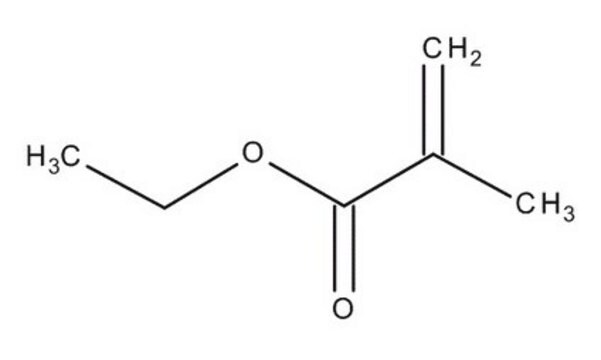

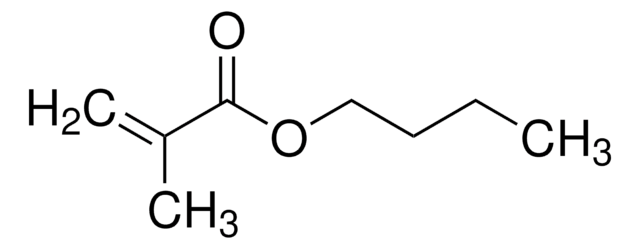
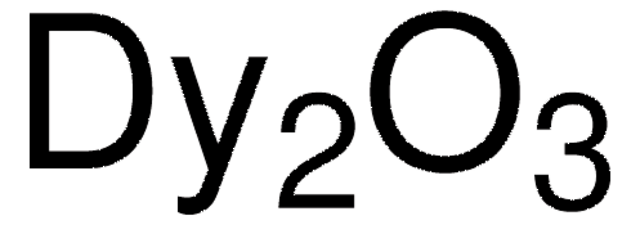
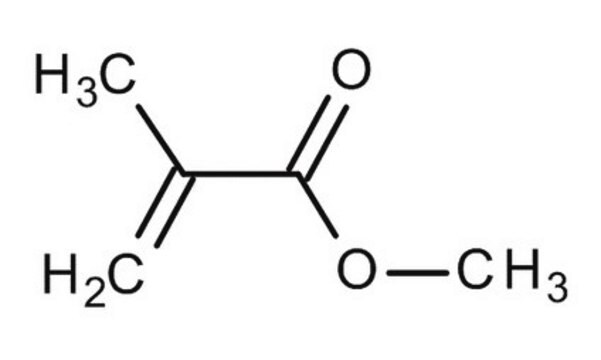

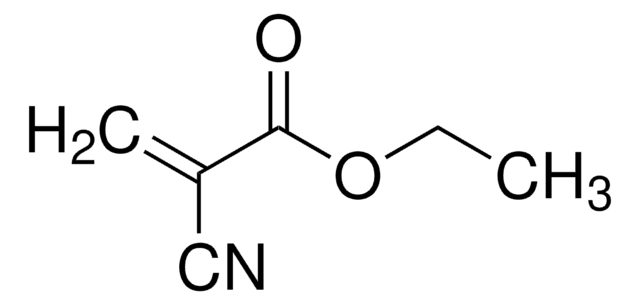
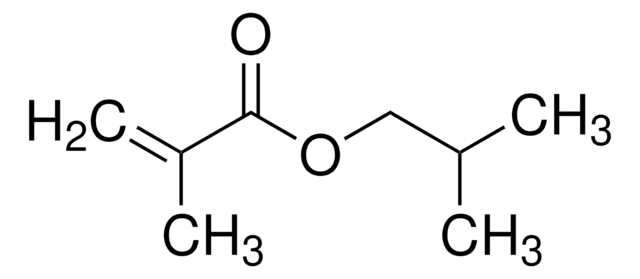


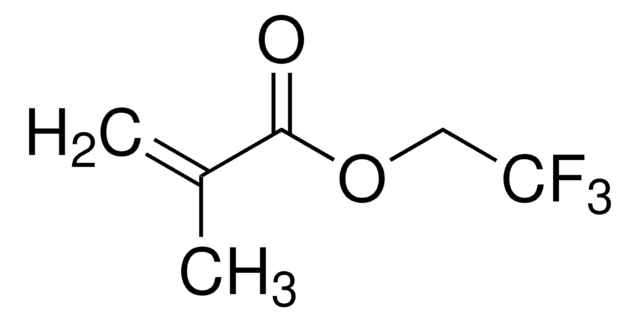
![2-[3-(2H-Benzotriazol-2-yl)-4-hydroxyphenyl]ethyl methacrylate 99%](/deepweb/assets/sigmaaldrich/product/structures/208/967/cf29567e-c125-41dc-b80a-66889fa1a679/640/cf29567e-c125-41dc-b80a-66889fa1a679.png)
